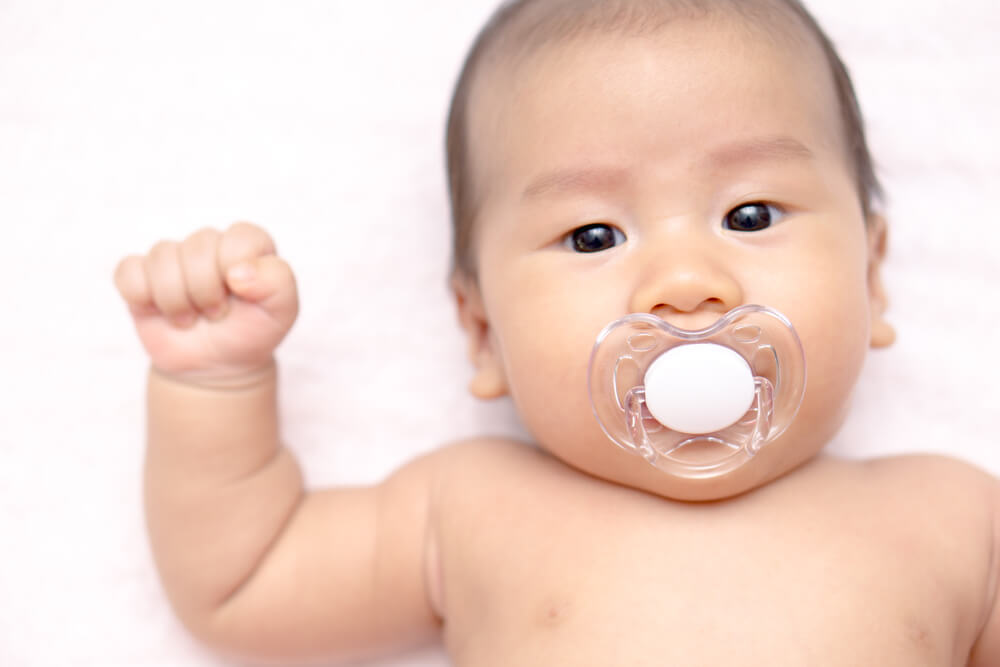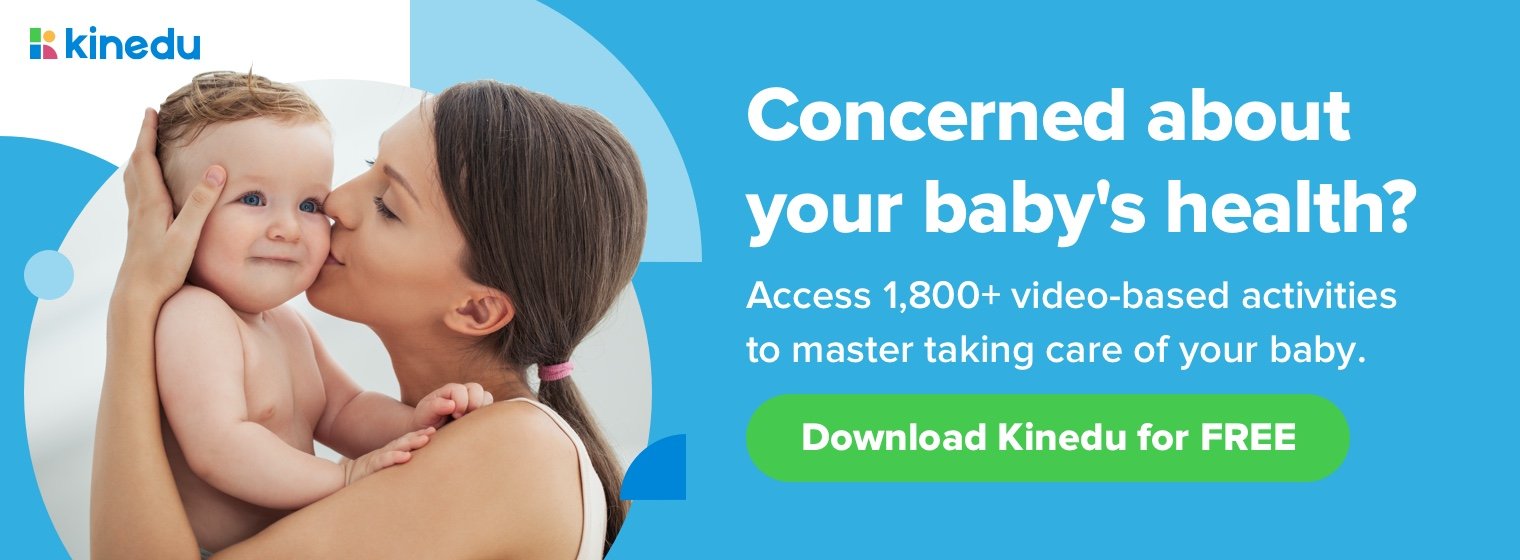Knowing how to sterilize pacifiers properly can ensure that your baby’s items are safe and clean any time they need them.
Pacifiers can be a helpful tool for many parents with infants. However, little ones will often spit them out, or parents may drop them as they fumble with a fussy baby. So, learning how to sterilize pacifiers should be at the top of your list if your child uses one regularly.
Although many parents and caregivers use the terms sterilizing and sanitizing interchangeably, they are not the same thing. You may not realize the differences between them, but they have varying steps and leave you with an individual result.
When Pacifiers Should Be Sterilized
Newborns and young infants are still building their immune systems against germs, bacteria, and viruses. Sterilizing pacifiers will eliminate any harmful elements that your baby may put in their mouth.
Sterilizing a pacifier requires using heat to destroy all microbes or render them inactive, which could cause illness in your infant. For the safest and cleanest option in a pacifier, sterilizing it will do the trick.
You should sterilize pacifiers:
- Before you offer a new pacifier from the store to your baby
- Between each use from newborn up to 6 months old
- Every 2 to 4 weeks for babies 6 months and older
- Each evening when you arrive home, if your baby attends daycare
- If you drop it in public, outdoors, or in another area with a high chance for contaminants
How To Sterilize Pacifiers Effectively
Parents and caregivers will be happy to know that they do not need expensive equipment when learning how to sterilize pacifiers. Instead, you can complete this vital step in preparing your baby’s items differently.
- Running new pacifiers through a dishwasher cycle without any soap
- Using a pot of boiling water and submerge it for 5 minutes
- Placing into a heat-safe dish with boiling water for 5 minutes
- Purchasing speciality products from manufacturers that help provide enough steam for sterilization of baby items such as bottles and pacifiers
No matter how you sterilize pacifiers, it is important to remember to remove them with tongs, so you do not reintroduce bacteria to them. Then, place the pacifier on a clean drying rack or towel to let it cool. Finally, before offering the sterile pacifier to your baby, use clean hands and squeeze out any water that may remain inside the flexible bulb.
It is always best to check the manufacturer’s recommendations when learning how to sterilize pacifiers. For example, some products may not be dishwasher safe or cannot withstand boiling water for long periods.
When Pacifiers Should Be Just Sanitized
Alternatively, sanitizing pacifiers means reducing the number of harmful microorganisms present, so your baby is less at risk of getting sick. However, sanitizing may not kill all bacteria or viruses, so it is not always the best choice.
You should sanitize a pacifier every day to keep it safe for your baby. The sanitizing process is not as involved as sterilization, but it will still require you to keep your infant’s pacifier clean and safe.
How To Clean Pacifiers
One common way to clean pacifiers is when the parent uses their own mouth to try and remove any bacteria before handing it over to their baby. Unfortunately, this method is not effective and may get you and your baby sick.
Parents and caregivers should perform daily cleaning of all pacifiers, regardless of their baby’s age. So, knowing how to clean pacifiers quickly and effectively will ensure that your infant does not have additional exposure to bacteria, viruses, or other harmful microorganisms.
You can clean a pacifier easily with these methods:
- Warm soap and water with a thorough rinsing will be effective
- Some manufacturers offer specialty cleaning wipes for pacifiers to clean these items while away from the home
Once a pacifier is clean, be sure to keep it with a protective cover, in a container, or use a clean Ziplock bag to avoid further contamination. This way, you can throw your little one’s pacifier in their diaper bag, your purse, or keep it in your pocket without worrying about cleaning it multiple times in a day.
Pacifier Tips
Unfortunately, pacifiers do not last forever. You will have to replace them periodically to maintain their effectiveness and for your baby’s safety.
Pacifiers come with a specified age range. Because your baby grows and develops quickly in the first year, the pacifier you use as a newborn is insufficient for a 1-year-old. Even if the pacifier looks new and has no damage, throw it out and choose a pacifier for your baby’s age group if your little one is outside of the recommended age for that product.
Always check the pacifier for any cuts, breaks, or abnormalities before offering it to your baby. If there are holes, breaks, or the bulb is compromised in any way, it is not safe to let your baby put it in his mouth. Discard any pacifiers with holes, cuts, breaks, or other damage that could pose a choking hazard.
Pacifiers that have sticky bulbs are an indication that it is no longer safe for your baby. The plastic will break down and can become sticky, where it will stick flat when compressed. Squeeze the bulb before offering it to your child; if it feels sticky or remains flat, throw it out and replace it immediately.
The Takeaway
Learning how to clean pacifiers regularly and how to sterilize pacifiers will keep your baby safe and healthy. These products can be a helpful tool as your little one grows, but parents and caregivers should take care to handle them correctly and discard them when necessary.
For more information and guidance on many aspects of your baby’s health, safety, and developmental stages, be sure to download the Kinedu app. Here, you can watch classes led by experts and view tips on several subjects regarding their well-being and growth.








